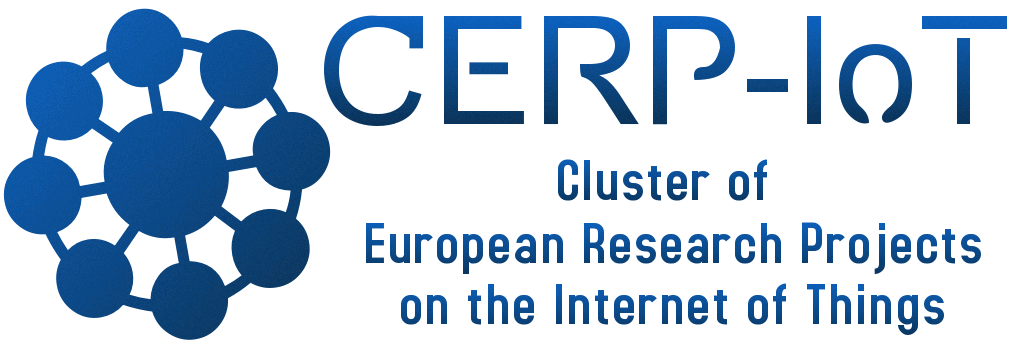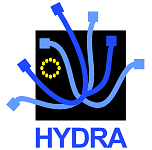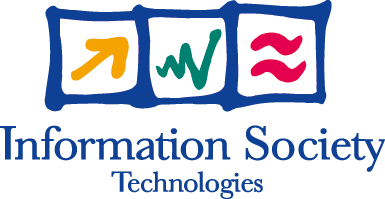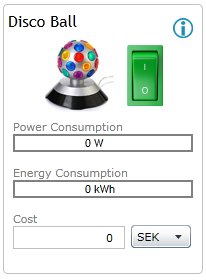- 24 Sep 2007
- Project information
- 5785 Reads
Technical scope >> WP 5 - Wireless networks & devices
WP 5 - Wireless networks & devices
To relieve application developers of considering different (mobile and also station) devices and networks, our middleware will hide device-dependent or network-dependent details. The aim of this WP is to realize comprehensive interfaces to the display, communication port, input facilities and memory management of each class of device.Completing the overall network architecture model is a first step to do. Grid networks topologies and implementations can serve as a basis to design the system. The software architecture will have to cover resources and services in heterogeneous networks, and it will be interesting to dynamically change performance data of the resources without restricting the domain to IP networks. Analysis on which existing models can be applied, and which new developments are to be done, must be performed. Some specific HYDRA requirements must be taken into account in order to adapt existing Grid technologies to power, data storage and fault tolerance restrictions.
While the Tmem system is a proven technology, the use of Tmem for low-power highly unreliable devices is quite new and additional data filtering functions must be designed and implemented for Tmem to work. A solution to this problem will be developed by using a less constrained computer to represent the service function (agent) of the sensor. With this approach, a two-tier Grid architecture can be designed where the sensors as Tier-0 nodes, choose the time at which they communicate with the agents at Tier-1. The Tier-1 nodes can be used to provide an OGSA Grid service.
A number of wireless techniques, including WiFi, ZigBee, BlueTooth, RFID, etc. should be developed and integrated into the HYDRA middleware for PAN networks. LAN networks using WiFi and Wimax technologies, and WAN networks using GPS, GPRS and UMTS technologies are going to be covered too. In this way PAN, LAN and WAN communications will appear transparent to system-device interaction.
Mobile phones, PDAs & Smartphones selection and applications design will also be a key part in this workpackage, playing different roles as they have different responsibilities among the communication network as data consumer, data producer, storage or computing elements. In this wireless context auto-discovery methods will be released, using Jini, UPnP and Salutation approaches. We will also provide modelling on the security and privacy network implementation, and techniques to be used and to be integrated with HYDRA’s security architecture. Focus will be on ensuring compatibility with network architecture and devices and components used.
Broadband communication is also going to be important for WP5 development. P2P approach is going to be used, fulfilling all HYDRA special requirements, and using all the advantages IPv6 can offer to this kind of communication.
The last step in this workpackage will be to build a secure, reliable and scaleable backbone that links the different nodes together. Network infrastructures will provide the administrators and clients with online tools, high-speed access and real-time interaction capabilities.





 The Hydra project is co-funded by the
The Hydra project is co-funded by the 


